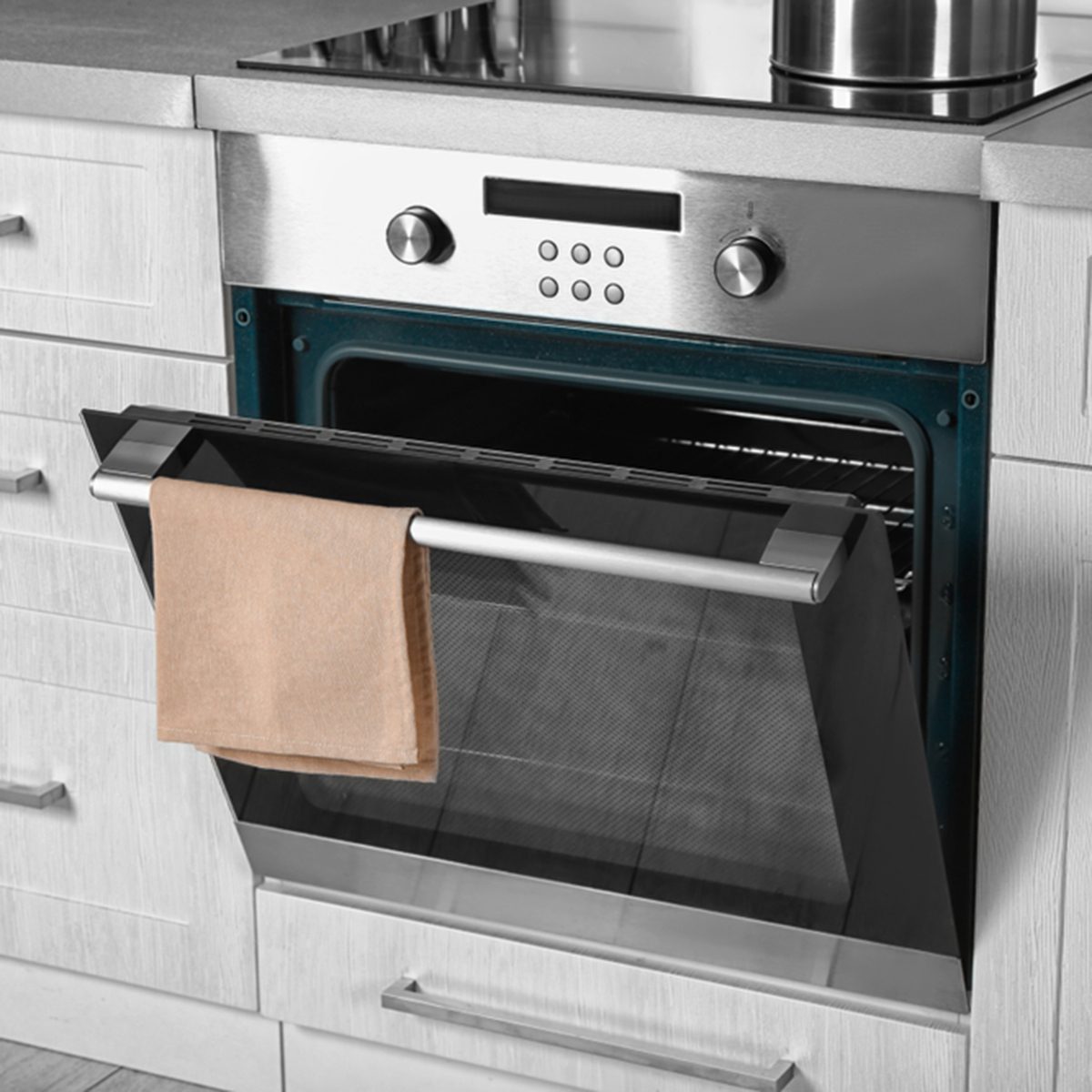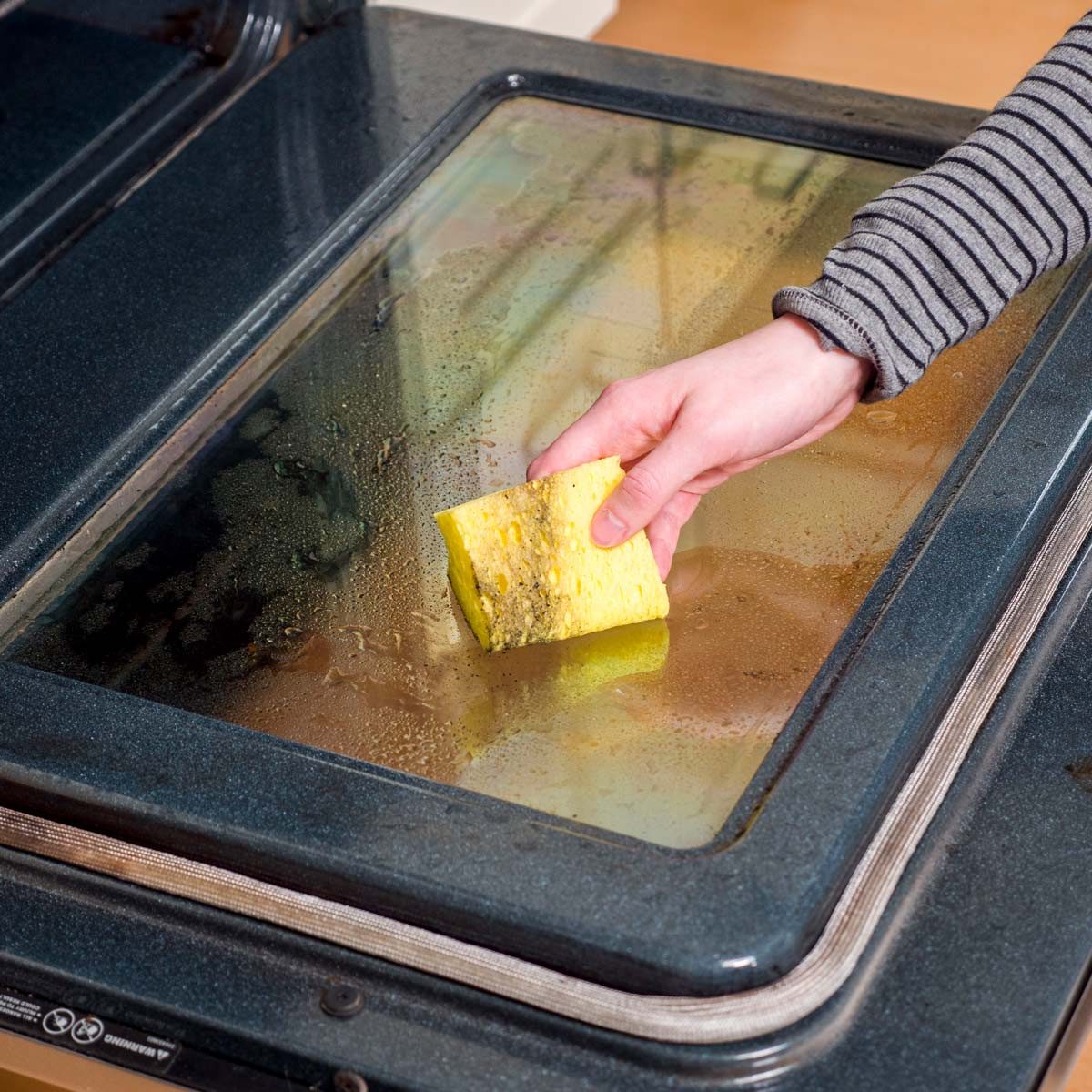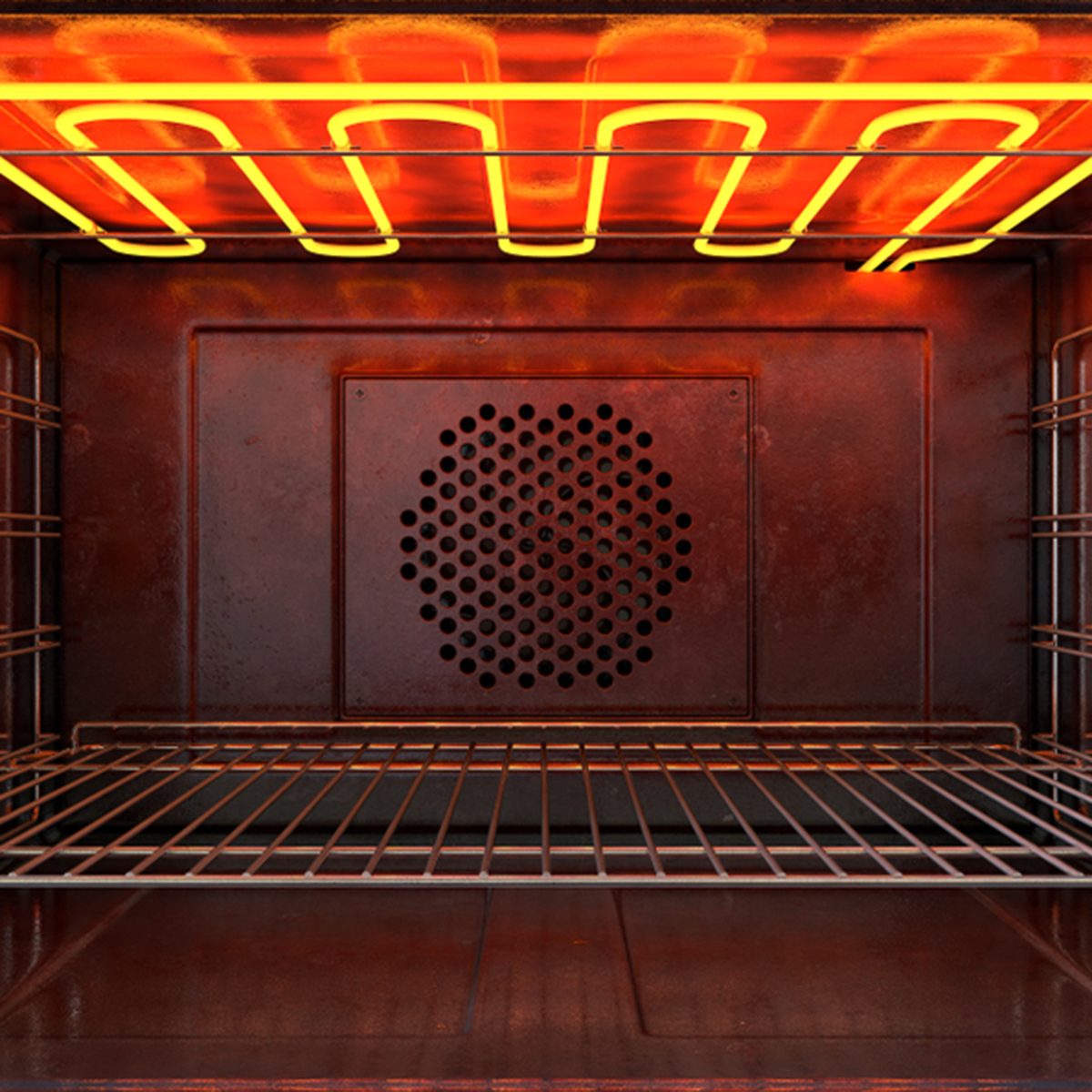
When to self-clean your oven
Some homeowners aren’t sure when to use the self-cleaning oven or how frequently. “A homeowner may need to clean their oven when there are spills on the bottom or sides of the oven,” says Joann Green, who owns Automatic Appliance Service Inc. in Framingham, Massachusetts along with her husband Jim. “Odors or soil can build up in the oven cavity after cooking.” This is when it’s best to utilize the self-clean option.

The frequency of self-cleaning depends upon usage
How often you should clean your self-cleaning oven depends on usage, says Green. “[Think about] what is being cooked and how often. It is important to keep your oven free of food buildup and/or grease for best performance. Baked-on soils can make smells drift onto other foods and could cause excess smoking in the range while cooking. Soil buildup could also make unpleasant odors come from your range when the door is opened even while not cooking.” But you don’t have to use the self-clean feature for every little spill. To keep your oven clean on a regular basis, you could “skip the self-clean cycle and wipe down the oven by hand with hot, soapy water and a plastic scrub pad,” recommends Consumer Reports.
These are the cleaning mistakes that are actually making your home dirtier.

Know what type of self-cleaning oven you have
There are two main types of self-cleaning ovens: traditional high temperature and steam. It’s important to know which type you have before you attempt to use the self-clean feature as each has its own method. Some newer models offer each type of cleaning option within one unit so you can choose which method you want to use. No matter what type of oven you have, you should remove heavy particles or food debris before self-cleaning, Green says.
Here’s how to clean your oven without scrubbing.

Remove your oven racks before self-cleaning
It’s generally recommended that oven racks are removed while self-cleaning your range. “They can lose their sheen if left in the oven while cleaning,” says Green. “If racks have been left in during cleaning and become hard to slide in and out of the oven, we suggest putting a little olive oil on a paper towel and rubbing down the rack sides to help them glide in and out again.” Unfortunately, not all appliances can be a simple, self-cleaning oven.
Here are 8 quick tips for cleaning your kitchen’s trickiest appliances.

What to know about the traditional high-temperature self-cleaning method
“The traditional self-clean with a high-temperature burn is typically adjustable in time from 2 to 4.5 hours depending on the soil level in your range,” Green says. “This type of cleaning can be smelly.” Temperatures get as high as 900-1000°F to burn off the food residue, which leaves ash in the bottom of the oven that can be easily wiped once the cycle has ended and the oven has completely cooled. Don’t ever leave anything on the top surface during a high temperature clean as certain items may melt. Also, don’t block the oven vent during cleaning.

High-temperature self-cleaning odors can be dangerous
“Traditional self-cleaning fumes can be strong and sometimes toxic to birds,” Green says. “Caution should be taken and any pet bird should be removed to another area of the home.” According to The North Iowa Municipal Electric Cooperative Association (NIMECA), as spilled food is burned during a traditional high temperature self-cleaning, enough carbon monoxide is produced to be a concern to the health and safety of not just birds and small animals but people too. They suggest that you open windows and turn on vent fans during this type of cleaning. Sometimes, if there’s a lot of debris, your smoke alarms may go off. “The traditional self-cleaning cycle generally will produce more fumes than a steam clean cycle as it is usually run less frequently with more interior build up to remove,” Green says.

What to know about steam clean self-cleaning ovens
Some ranges will offer a steam clean option, which allows homeowners to clean their ovens in less time and less smell. The idea of the steam clean feature is to clean the range more often and with less debris inside. Green says, “Water (frequently distilled) is added to the bottom of the range and steam is produced to remove the debris inside the range. The time for this cycle can be between 20 and 40 minutes.” As with a traditional high-temperature clean option, homeowners will be required to sponge out the debris from the range cavity after the steam cycle has completed and cooled.
Do you still believe these cleaning myths?

What about using cleansers in a self-cleaning oven?
“If it is a self-clean oven a homeowner should never use a foreign cleaner in the oven cavity. Heavy particles should be wiped up with a sponge in a cool oven before cleaning,” says Green.

Don’t self-clean before a holiday or big dinner party
“As a general tip, we suggest not cleaning your oven right before preparing a holiday meal. The self-clean cycle can be hard on some oven components and may cause some type of failure to occur,” Green says. “We receive many calls for oven repair after a self-clean cycle.”
Now that you know how to use your self-cleaning oven, don’t miss these kitchen mistakes you’re probably making—and how to fix them.
The post 9 Things to Know Before You Self-Clean Your Oven appeared first on Taste of Home.
Laura Richards